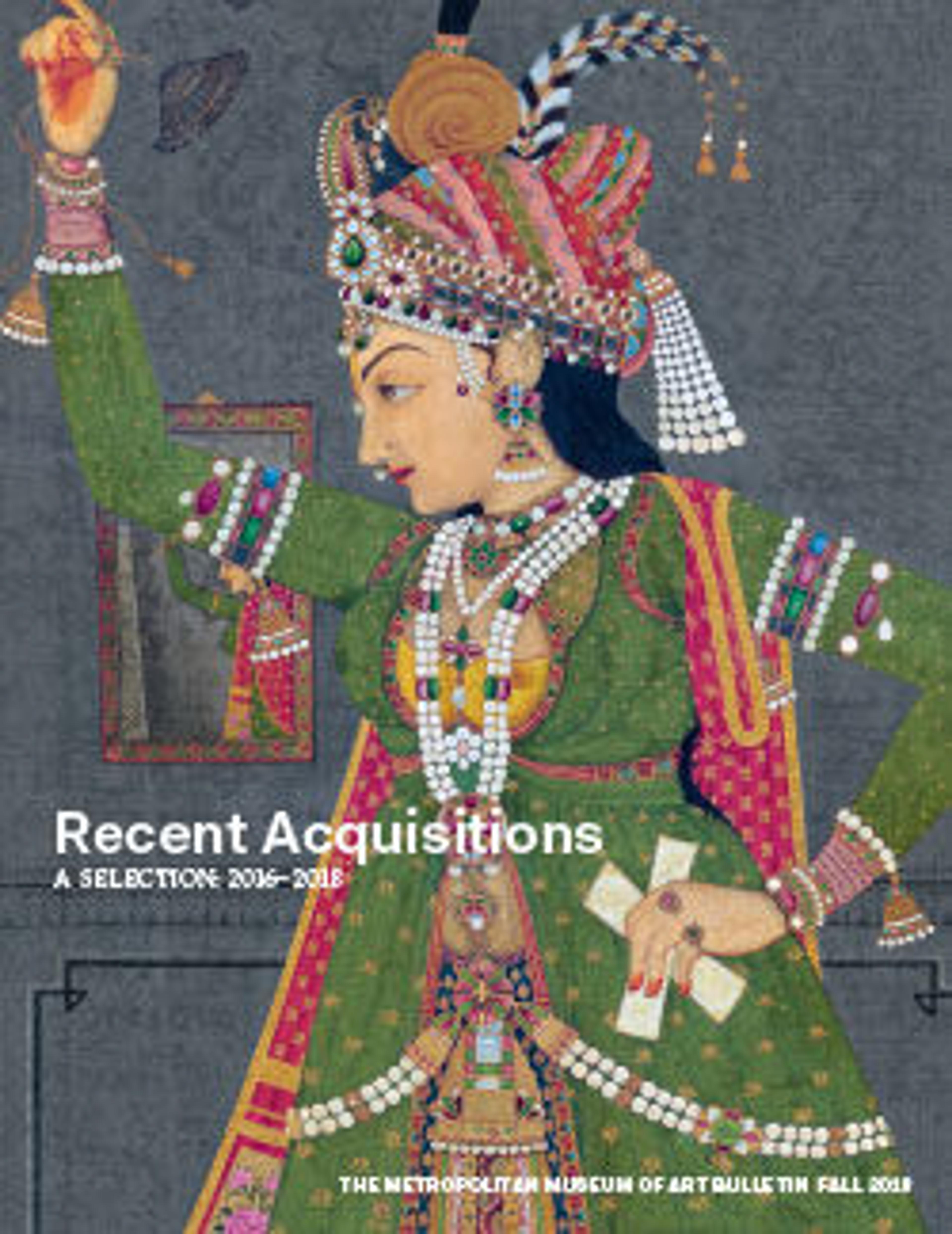"Royal George" Cello
This instrument was made for the avid cellist George Frederick, Prince of Wales, who was crowned King George IV in 1820 and is one of several cellos known to have been owned by George IV. The instruments of Jacob Stainer and the Amati family influenced Forster’s work, as can be seen in the outline, arching and delicate scroll of this ‘cello. The belly of the instrument is emblazoned with the royal coat of arms of Great Britain on the upper bout and the Prince of Wales' feathers on the lower bout. The ribs have been painted with the legend "Liberty and Loyalty" in heraldic lettering, repeated on each side.
The instrument is with a fitted wooden coffin case, with brass fittings and a plaque engraved with the Prince of Wales' feathers. The case is similar to that of the Stradivari ‘Batta-Piatigorsky’ cello (L.2013.71a-g) and was probably made by Hill.
Forster II was the most celebrated member of a family dynasty of violin and cello makers and is often referred to as "Royal Forster" because of his clientele. George IV ordered at least two cellos, and his violin-playing younger brother Prince Ernest, the Duke of Cumberland, was also a customer.
The instrument is with a fitted wooden coffin case, with brass fittings and a plaque engraved with the Prince of Wales' feathers. The case is similar to that of the Stradivari ‘Batta-Piatigorsky’ cello (L.2013.71a-g) and was probably made by Hill.
Forster II was the most celebrated member of a family dynasty of violin and cello makers and is often referred to as "Royal Forster" because of his clientele. George IV ordered at least two cellos, and his violin-playing younger brother Prince Ernest, the Duke of Cumberland, was also a customer.
Artwork Details
- Title:"Royal George" Cello
- Maker:William Forster (English)
- Date:1782
- Geography:United Kingdom
- Culture:British
- Medium:Spruce, maple, ebony
- Dimensions:48 1/8 × 17 1/4 × 10 in. (122.2 × 43.8 × 25.4 cm)
- Classification:Chordophone-Lute-bowed-unfretted
- Credit Line:Gift of Mona and Bradford Endicott, in honor of Ken Moore, 2016
- Object Number:2016.786a–c
- Curatorial Department: Musical Instruments
More Artwork
Research Resources
The Met provides unparalleled resources for research and welcomes an international community of students and scholars. The Met's Open Access API is where creators and researchers can connect to the The Met collection. Open Access data and public domain images are available for unrestricted commercial and noncommercial use without permission or fee.
To request images under copyright and other restrictions, please use this Image Request form.
Feedback
We continue to research and examine historical and cultural context for objects in The Met collection. If you have comments or questions about this object record, please contact us using the form below. The Museum looks forward to receiving your comments.
